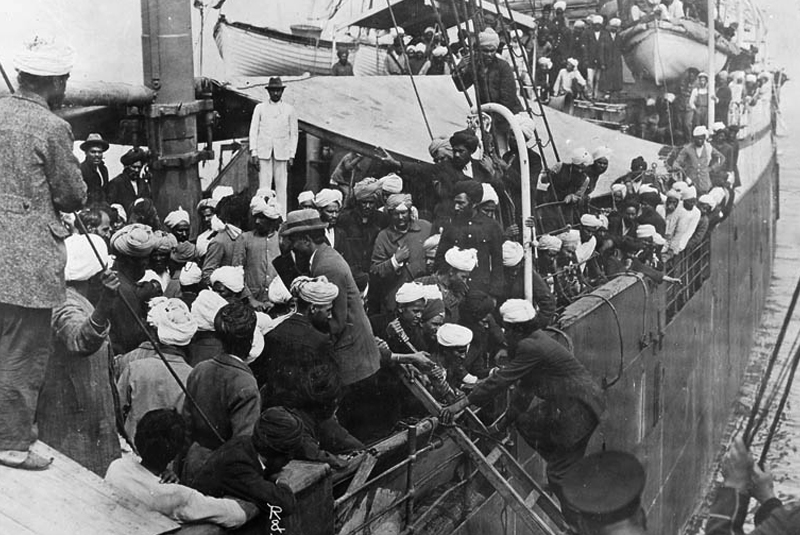In the early hours of September 27, 1914, the Japanese steamship Komagata Maru docked at the Budge Budge port in Calcutta. For the three hundred passengers aboard, it was the fag end of a failed journey.
To further add insult to injury, the Indian Imperial Police attempted to force the exhausted Sikhs to board a train straight to Punjab. Sixty-two agreed, the rest resisted, and the police opened fire. When the rounds ceased, nineteen lay dead. This massacre marks the last act of the Komagata Maru Incident, one that laid bare far-reaching the tentacles of colonial hypocrisy for the world to see.
The incident and its story, runs deep into the years of the Great Game. In the late 1800s, when the British and Russian forces struggled over dominion in Afghanistan, a small regiment of 21 Sikh soldiers at Sarahi stood their ground against thousands of Orakzai tribesmen.
The year was 1897, and the Sikhs fought to the bitter end to guard the vulnerable British outpost. Their gallantry was recognised by the Empire with memorials and medals, even a regimented holiday. Yet, when it came to granting them citizenship, a shipload was sent back across the Pacific.

-30-
Copyright©Madras Courier, All Rights Reserved. You may share using our article tools. Please don't cut articles from madrascourier.com and redistribute by email, post to the web, mobile phone or social media.Please send in your feed back and comments to editor@madrascourier.com











